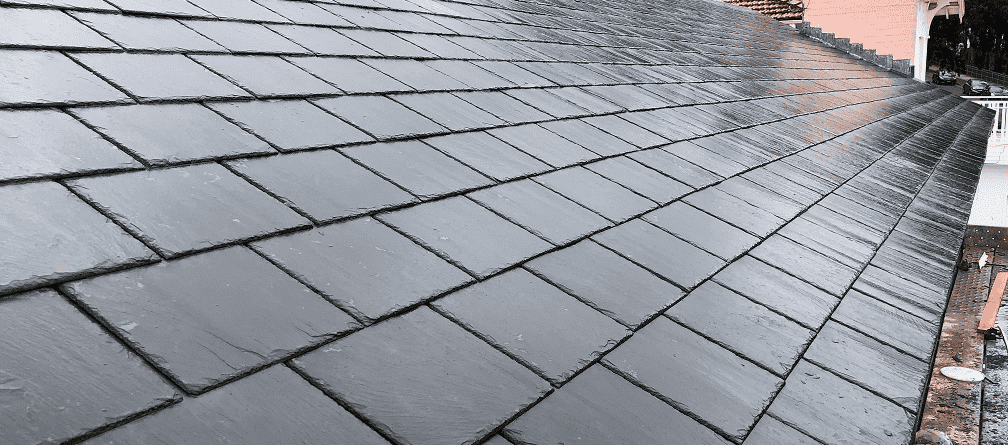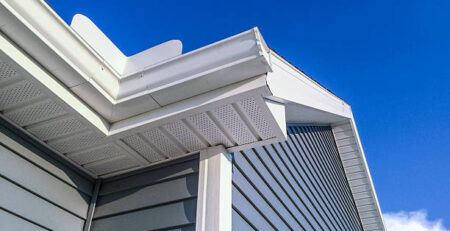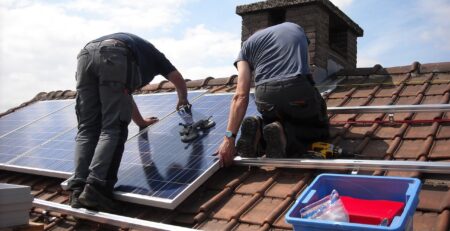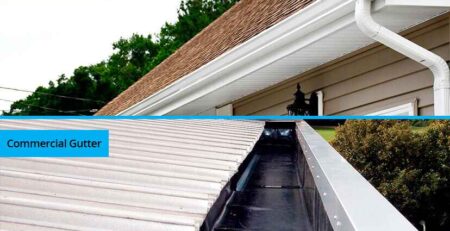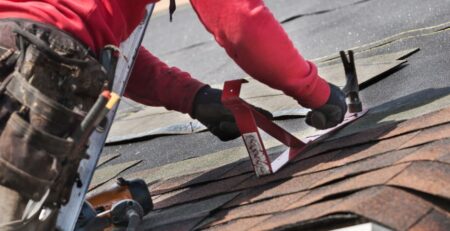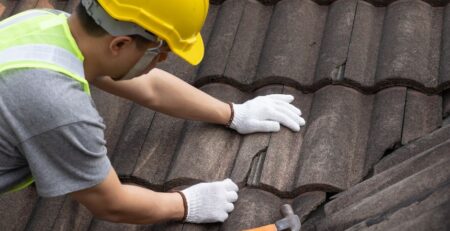Slate Roof Vs Shingle
Deciding between slate and shingle can be pivotal when considering a roofing material for your property. Consulting with a professional contractor can provide valuable guidance tailored to your specific requirements and preferences. Both options come with their own set of advantages and disadvantages. Slate roofs’ longevity and classic elegance are undeniable, but shingles may offer a more budget-friendly alternative. Factors such as maintenance requirements and environmental impact also play a significant role in this debate. So, which option truly reigns supreme in the realm of roofing solutions?
Let’s explore the intricacies of slate roofs versus shingles to find the ideal choice for your needs.
Durability of Slate Vs Shingle
When comparing the durability of slate roofing to shingle roofing, the former exhibits a significantly longer lifespan due to its natural composition and robust characteristics. Slate roofs are renowned for their longevity, making them a wise long-term investment for homeowners. The weather resistance of slate is exceptional, with the ability to withstand various harsh weather conditions such as heavy rain, snow, hail, and strong winds. In contrast, shingle roofs may require more frequent repairs and replacements due to their susceptibility to damage from extreme weather.
The longevity and robustness of slate roofing contribute to its reputation as a durable and reliable option for homeowners seeking a high-performance roofing solution.
Cost Considerations
In evaluating the cost considerations between slate and shingle roofing, it is essential to analyze the initial investment, long-term expenses, and overall financial implications of each roofing material. Slate roofs have a higher initial cost due to the expensive material and the intricate installation process. On the other hand, shingle roofs are more affordable upfront, with a more straightforward and quicker installation process, which reduces labor costs.
However, when considering the long-term investment, slate roofs tend to outlast shingle roofs by decades, requiring fewer repairs and replacements over time. This longevity can make slate roofing a more cost-effective option in the long run despite the higher initial investment.
Aesthetic Appeal Comparison
Comparing the aesthetic appeal of slate roofing to shingle roofing involves assessing their visual characteristics, design versatility, and overall impact on the architectural aesthetics of a building. Slate roofs offer a timeless elegance with various natural color options, including gray, green, purple, and red, adding a sophisticated charm to any structure. The texture differences between slate and shingle are distinct, with slate providing a smooth, sleek appearance, while shingles present a more textured and layered look. Shingle roofs come in various colors, typically mimicking natural materials like wood or stone, offering flexibility in matching different architectural styles.
Ultimately, the choice between slate and shingle roofing materials will significantly impact the overall aesthetic appeal of a building.
Maintenance Requirements
The longevity and durability of slate roofing compared to shingle roofing significantly influence the maintenance requirements for each type of material.
– Repair Frequency:
– Slate roofs generally require fewer repairs over time due to their durable nature.
– Shingle roofs may need more frequent repairs, as the materials are more prone to damage.
– Weather Resistance:
– Slate roofs offer excellent weather resistance and withstand harsh conditions like heavy rain, snow, and strong winds.
– while decent in weather resistance, Shingle roofs may be more susceptible to damage from severe weather elements.
Considering these factors, slate roofs tend to have lower repair frequency and better weather resistance compared to shingle roofs, making them a more maintenance-friendly option in the long run.
Environmental Impact Comparison
When evaluating the environmental impact of slate roofing versus shingle roofing, it is essential to consider factors such as production processes, sustainability, and long-term effects on the ecosystem. Slate roofing is known for its energy efficiency and durability, requiring minimal resources for maintenance over its long lifespan, thus reducing its carbon footprint. In contrast, shingle roofing, while initially more energy-efficient to produce, often requires more frequent replacements, contributing to higher material sourcing demands and increased waste in landfills. In terms of long-term sustainability, slate outperforms shingles due to its longevity and minimal environmental impact throughout its lifecycle.
Ultimately, the choice between slate and shingle roofing systems can significantly impact the ecological health of our ecosystems.

